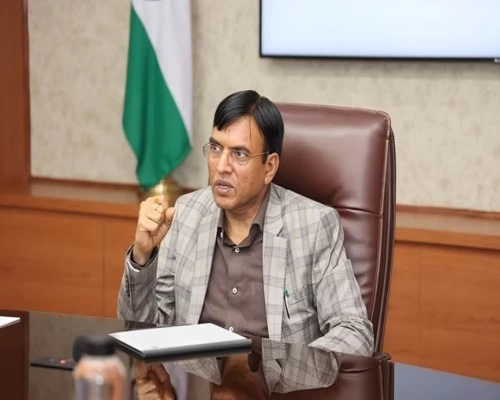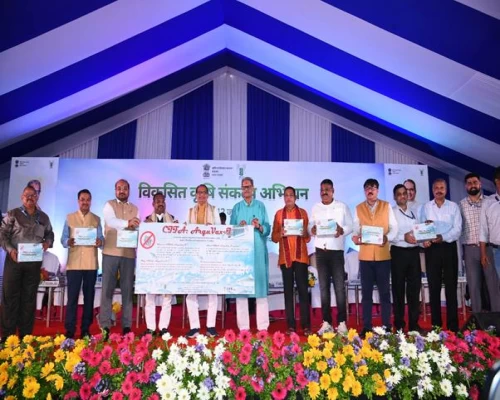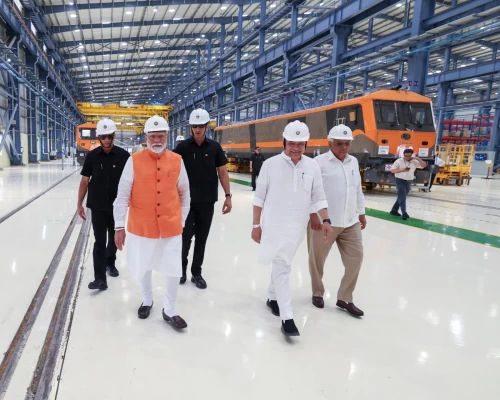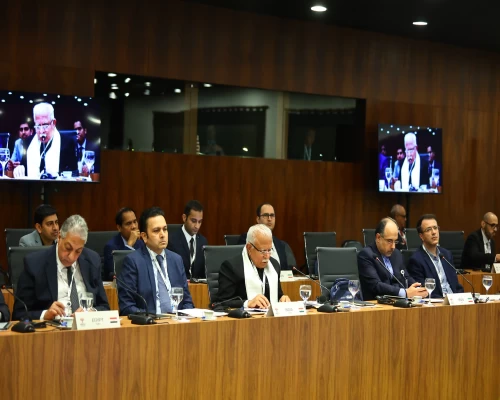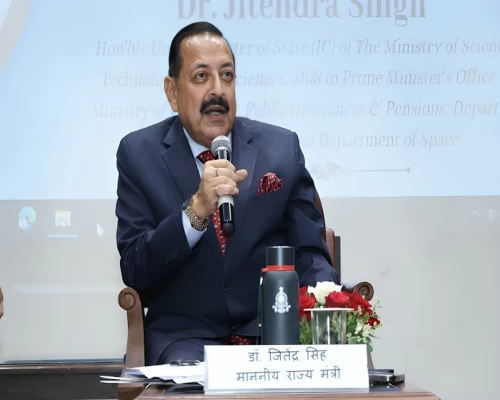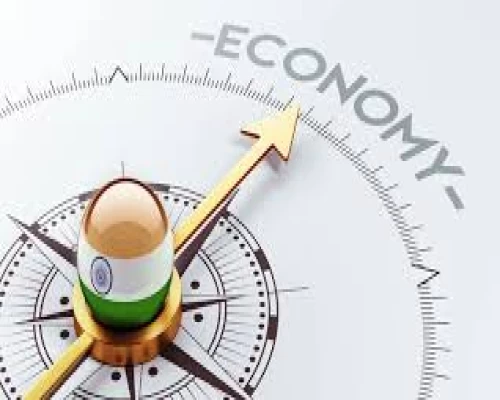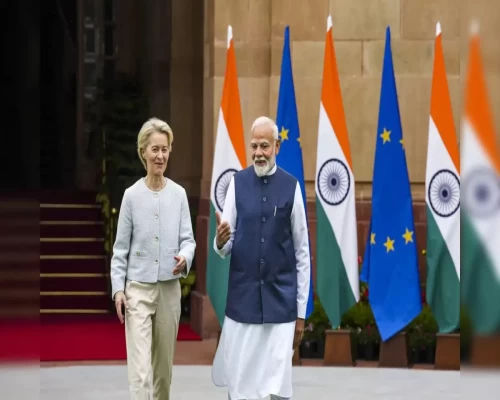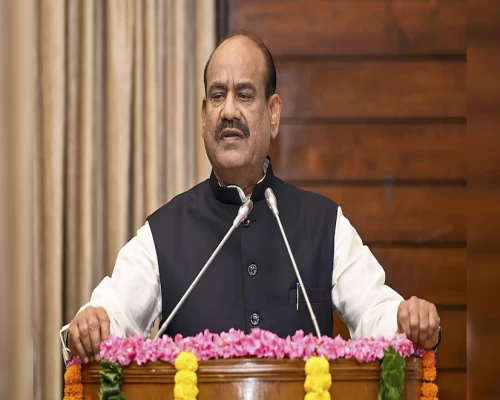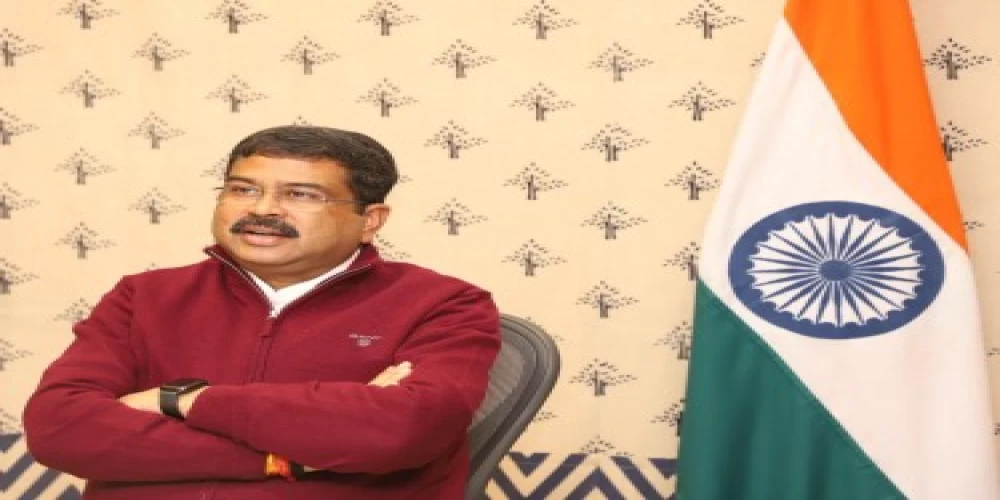
New Delhi: Union Minister of Petroleum and Natural Gas, and Steel Dharmendra Pradhan, while interacting with Stanford Alumni Group on ‘The Future of Energy in India’, said that India’s developmental stage engenders a rapid expansion of energy consumption and a need for robust energy security. India is currently using only six per cent of the world’s primary energy while the per capita consumption of energy is still one-third of the global average. This, however, is rapidly changing.
“Recently released reports of many international platforms and agencies have estimated that the world’s total primary energy demand would increase at less than one per cent per annum till 2040. On the other hand, India’s energy demand would grow at about three per annum till 2040. Oil demand would plateau around 2030 for the world while the same would happen for India in 2035. Natural gas would increase its share in the world energy mix replacing oil and coal. This energy growth would be mainly supported by India and other countries in Asia, he added.
The Minister said that Prime Minister Narendra Modi has clearly envisaged the measures for a cleaner, greener and more inclusive future for India. In this context, he said “We are accelerating our efforts to move towards a gas-based economy. We are moving rapidly towards cleaner use of fossil fuels, particularly petroleum and coal. A greater reliance is on domestic sources to drive biofuels. We are working towards achieving the renewables target of 450 GW by 2030; increasing the contribution of electricity to de-carbonize mobility, moving into the emerging fuels, including hydrogen, and emphasizing on digital innovation across energy systems.”
Pradhan said that India took leadership in pledging to adapt energy efficiency and move towards green power, such as solar and wind. In the last six years, India has increased the renewable power portfolio from 32 GW to almost 100 GW. We are on track to achieve our goal of 175 GW of renewable energy capacity by 2022 and have scaled our target to 450 GW of renewable energy capacity by 2030.Bio fuels is another area where we are vigorously working to tap its substantial potential to give us energy security, sustainability and also help the farming community. He mentioned about the success in reduction of Green House Gas emissions by 43 million tonnes annually by LED bulb distribution and LED Street Lighting National Programme.
Pradhan said that in order to enhance energy availability and accessibility, we are working towards a “one – nation-one – gas-grid” structure through addition of approximately 17,000 km of gas pipelines in the eastern and north-eastern parts of the country. Further, with the implementation of “City Gas Distribution” networks in all authorized areas, soon, more than 70% of India’s population will have access to clean and affordable natural gas. “We have pushed up the consumption levels of gas hard—as a result, we see rapid penetration and expansion of natural gas in the country. We believe that the proactive model that we have adopted is suited for India’s present development journey.” he said.
Pradhan said that India is most committed to environmental and climate causes with the massive renewable energy and the energy efficiency programs. “Overall, I would say that every country has to chart its own energy transition depending on the demand pattern and availability of resources. Although, we could have always argued on the back of per capita energy consumption basis that shows that India is not an emitter, like the OECD countries, however, India led by Hon’ble PM Modi, instead took the responsible path of sustainable development and energy transition for a clean and green future and the greatest common good for all.”
Describing India as an attractive investment destination for the energy sector, Pradhan said that several policy reforms have enhanced the ease-of-doing-business. “A testament to the same is the projected investment of around 143 billion dollars in the Indian oil and gas sector, of which, around 56 billion dollars is in E&P, around 66 billion dollars in gas and about 20 billion dollars in refining. We are keen to partner with global companies and investors for further strengthening of energy infrastructure in the country. “
Talking about boosting rural economy, he mentioned about the waste-to-wealth generation under the Sustainable Alternative Towards Affordable Transportation (SATAT) initiatives. “We are setting up of 5000 compressed biogas (CBG) plants by 2024 with a production target of 15 MMT and an investment of about 20 billion dollars.”
Key POITNS
* LPG coverage in India has seen a remarkable surge from 55 per cent in 2014 to now more than 98 per cent.
* India has also achieved the milestone of completely filling all the Strategic Petroleum Reserves this year with a total capacity of 5.33 MMT.
* Electricity consumption is expected to increase over the next 15 years. In the next 15 years, the energy mix will become more diverse and cleaner. /BI/



